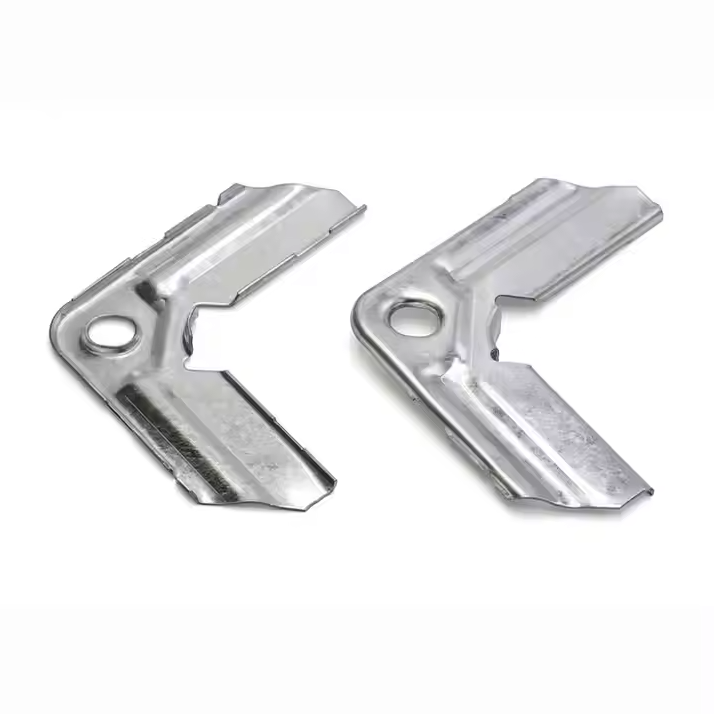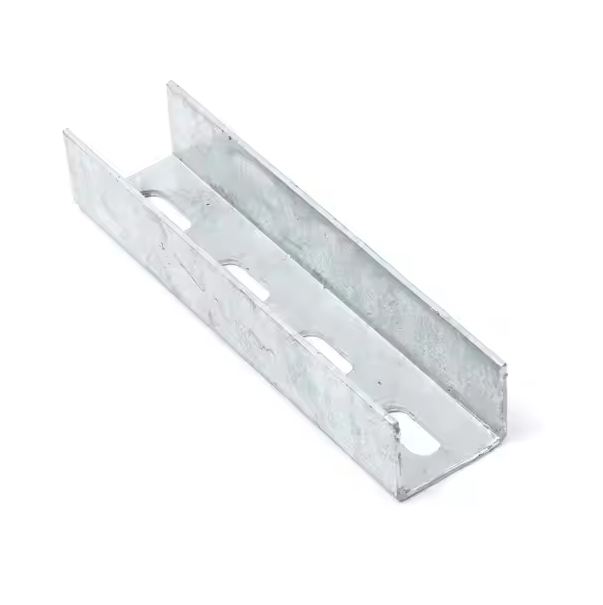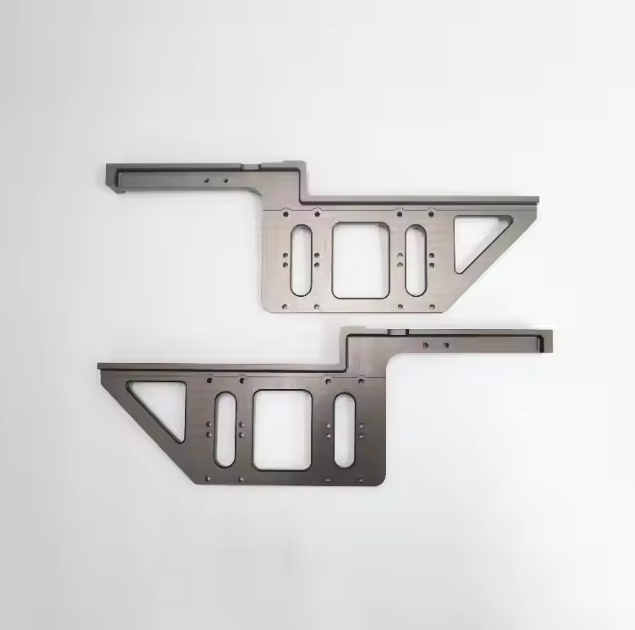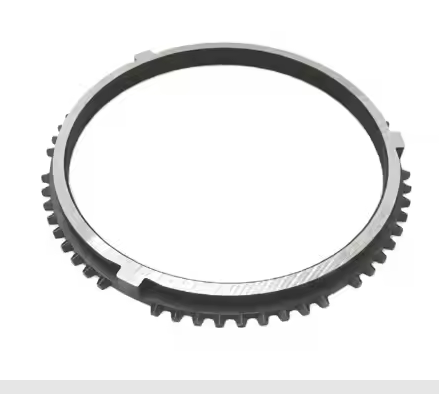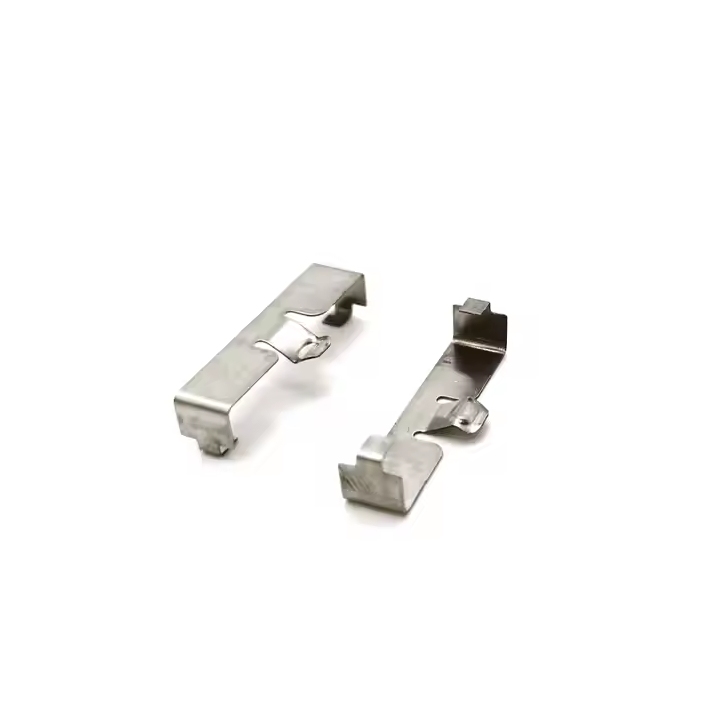When the number of products is hundreds or more, vacuum casting for plastic rapid prototyping is a very good choice. Vacuum casting is to use the original sample to make a silicone mold under vacuum, inject PU material into the mold under vacuum, and then clone the copy.
The key element of vacuum casting is the silicone mold. However, the making and use of silicone molds involves some pre- and post-molding steps:
Create the Master Model:First, prepare a master mold to make the silicone mold. It can be 3D designed on any CAD software, such as SolidWorks, CATIA, or AutoCAD. To bring the mold to life, CNC machining or 3D printing are common choices.The accuracy of the vacuum cast part depends largely on the master mold, so it needs to be as accurate as possible. For this purpose, surface polishing or grinding is an option.
Make the Silicone Mold:After completing the master mold, proceed to cast the soft silicone mold. Place the master mold in a casting box and pour in liquid silicone. For curing, place the unit in an oven preheated to 40℃. It may take 10 to 16 hours for the silicone to solidify. Carefully remove the silicone mold with a knife. If there is difficulty in removing the mold, a release agent can be used.
Cast the part under vacuum:The last step is to cast the polyurethane in the silicone mold. If you are using mixed resins, mix them first. If you want any color, add the pigment now. Then, remove the air from the mold to create a vacuum and pour the resin in. This vacuum step is important because it prevents bubbles from forming and ensures that the resin covers every part of the mold.

The silicone casting process is mainly suitable for polyurethane resins and elastomers. Some common material choices include: ABS, PC, PP, PMMA, PVC, rubber and other heat-resistant materials.
| Material | Variations | Characteristics | Hardness |
| ABS-Like | UP4280, PX100, PX250 | Heat and impact-resistant | D78-82 |
| Glass Filled Nylon | — | High Strength, rigidity | D58 – 75 |
| TPE-Like | UP8400, T087 | High elongation | D60-80 |
| PC-Like | PX510, UP6160 | Lightweight, clear, high-impact | D82-86 |
| Clear Resins | X522HT, PMMA | High Transparency | D87 |
| High Impact | UP5690, PU8098 | High Impact Strength | D8575-86 |
Following are the various industrial applications of vacuum casting technology:
| Industry | Applications |
| Automotive Industry | Prototype parts: dashboards, door handles, Functional components: light covers, air vents |
| Consumer Electronics | Enclosures for devices: smartphones, laptops, Prototypes for wearable tech, Buttons, and switches |
| Medical and Healthcare | Medical device prototypes: enclosures, components, Custom orthopedic devices, Equipment casings |
| Aerospace Industry | Prototype components: interior cabin parts, Air ducts, and vents, Non-structural parts: covers, enclosures |
| Food and Beverage | Packaging prototypes |
What are the advantages of vacuum casting?
Low cost. Compared with CNC processing and 3D printing, the production cost of vacuum casting is much lower.
Short production time. Vacuum casting does not take too much time, which greatly improves production efficiency.
No need to make metal molds. It does not take too much time to make metal molds like plastic injection molding, which can save customers a lot of time and help customers quickly seize the market.
High reducibility and low scrap rate.
Suitable for small batch production. And the customization time is short.
Exquisite workmanship and no burrs.

For more information, please visit our factory page or contact us directly by email. We are happy to accept new challenges!
